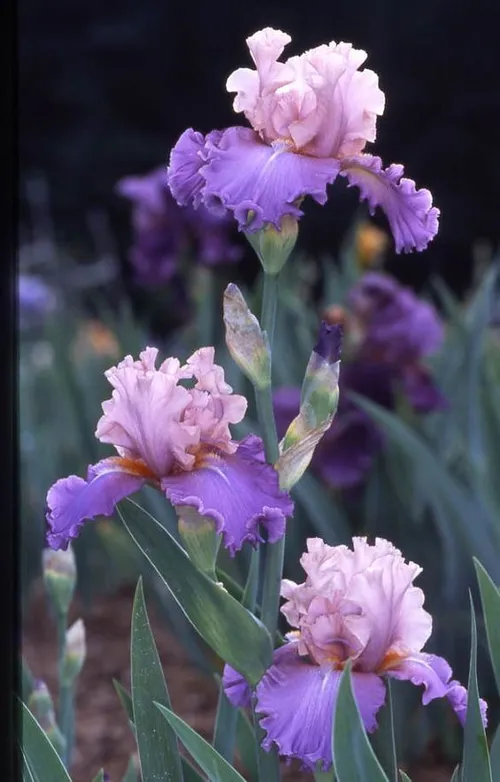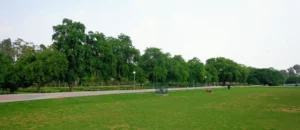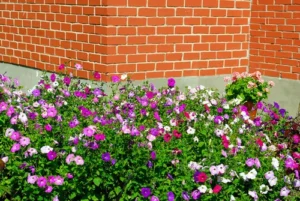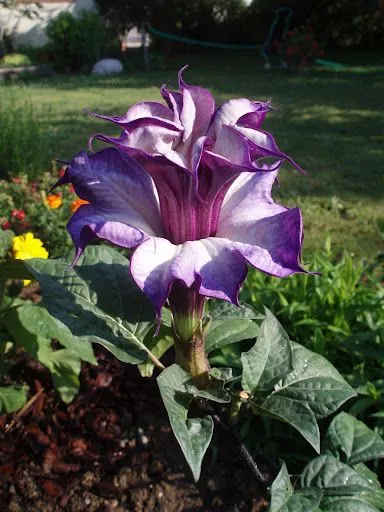German Gardens 2024
German nurseries
German nurseries are an entrancing demonstration of the nation’s well-established appreciation for nature, history, and style. From the fastidiously arranged illustrious bequests of the Elaborate time frame to the cutting-edge metropolitan green spaces of today, German nurseries offer a rich embroidery of plan methods of reasoning, social importance, and agricultural practices. This investigation digs into the advancement of German nurseries, featuring key verifiable periods, persuasive figures, and notorious models that exhibit the assorted and getting-through nature of nursery plans in Germany.
The starting points of German nursery configuration can be traced back to the archaic time when nurseries were essentially utilitarian spaces for developing spices, vegetables, and restorative plants. Devout nurseries assumed a pivotal part during this period, filling both useful and otherworldly needs. Priests painstakingly arranged their nurseries to mirror the request and amicability of the universe, frequently including mathematical formats with focal ways, balanced plantings, and encased spaces. These early gardens established the groundwork for the more intricate and elaborate nurseries that would arise in later hundreds of years.

The Renaissance time frame denoted a critical change in German nursery configuration, impacted by the Italian Renaissance’s accentuation on evenness, extent, and traditional style. During this period, German honorability started to embrace the Renaissance garden style, described by its conventional format, mathematical examples, and affected highlights. The nurseries of the Schloss Augustusburg in Brühl, with their perplexing parterres, dignified wellsprings, and fastidiously manicured supports, represent the Renaissance impact on the German nursery plan. These nurseries were an impression of riches and status as well as a space for recreation and imaginative articulation.
The Florid time frame achieved another period of loftiness and showiness in the German nursery plan. The Rococo nursery was described by its emotional vistas, elaborate water highlights, and extravagant utilization of the room. The nurseries of Schloss Herrenhausen in Hanover are a great representation of the Extravagant nursery plan, exhibiting broadly balanced formats, flowing wellsprings, and perfectly etched shrubbery. The Florid Nursery is meant to wonderment guests with its intricate plan and show the power and complexity of the decision first class.
As the eighteenth century advanced, the Ornate style arose as a lighter, more perky option in contrast to the magnificence of the Extravagant. German nurseries in the Extravagant time frame were portrayed by their capricious plans, heartfelt scenes, and enlivening components. The nurseries of Schloss Schwetzingen, with their enchanting structures, wandering ways, and quiet water highlights, epitomize the Ornate beliefs of magnificence and polish. This period denoted a shift from formal, controlled plans to additional loose and beautiful scenes.
The nineteenth century
The nineteenth century introduced the Heartfelt time frame, which saw a reestablished appreciation for regular magnificence and created some distance from the unbending types of past periods. German Heartfelt nurseries underlined naturalistic plans, frequently consolidating unpredictable landforms, naturalistic plantings, and quiet water highlights. The English scene gardens at the Recreation area Sanssouci in Potsdam, planned by Frederick the Incomparable, are a quintessential illustration of the Heartfelt nursery plan in Germany. These nurseries include moving yards, casual plantings, and beautiful perspectives, mirroring the Heartfelt ideal of agreement between people and nature.
The mid-twentieth century was set apart by Human expression and artwork development, which affected the German nursery plan with its attention on craftsmanship, straightforwardness, and the coordination of nurseries into regular daily existence. German originators embraced Artistic expression and specialty reasoning, making gardens that were both useful and tastefully satisfying. The nursery at the German Nursery Gallery in Hohenheim fills in as a demonstration of this time, displaying the standards of Human expression and Specialty development through its accentuation of customary strategies and regular materials.
In the last 50% of the twentieth hundred years, German nurseries started to reflect contemporary worries like maintainability, natural stewardship, and metropolitan green spaces. The idea of the natural nursery arose, underlining the utilization of local plants, preservation of assets, and production of territories for untamed life. One remarkable illustration of this approach is the Bundesgartenschau, a public nursery presentation that features imaginative and economical nursery plans from across Germany. The Bundesgartenschau fills in as a stage for investigating groundbreaking thoughts in garden plans and advancing ecological mindfulness.
Today, German nurseries keep on developing, embracing a mix of verifiable impacts and present-day advancements. Metropolitan nurseries have become progressively famous, offering green spaces in urban communities that give rest from the metropolitan climate and advance local area commitment. The Prinzessinnengarten in Berlin embodies this pattern, highlighting a local area garden that underscores natural planting, neighborhood food creation, and social communication.
Since forever ago, German nurseries have been molded by an assortment of social, political, and social impacts. The early religious nurseries, with their accentuation on hand and profound reflection, laid the basis for the more intricate and elaborate nurseries of the Renaissance and Rococo periods. The Ornate and Heartfelt periods presented new tasteful beliefs and plan standards, prompting a more loose and naturalistic way to deal with garden plans. The twentieth century welcomed an emphasis on maintainability and ecological stewardship, reflecting contemporary worries and difficulties.

German gardens
German gardens additionally mirror the country’s local variety, with various regions displaying unmistakable styles and customs. In the North, formal, mathematical nurseries from the Rococo time frame appear differently from the more naturalistic and casual nurseries seen in the South. The impact of the English scene nurseries should be visible in the moving slopes and pleasant perspectives on southern Germany, while the northern gardens frequently highlight terrific, balanced designs and elaborate water highlights.
One can’t talk about German nurseries without referencing the job of conspicuous figures who have formed the field of nursery plan. Johann Balthasar Neumann, for instance, was a famous draftsman and nursery fashioner in the eighteenth 100 years, known for his work on the nurseries of Schloss Bruchsal. Neumann’s plans were described by their careful preparation, exquisite extents, and agreeable incorporation of engineering and nature.
Another persuasive figure was Peter Joseph Lenné, a nineteenth-century scene modeler who is viewed as one of the main nursery planners in German history. Lenné’s work on the nurseries of the Recreation area Sanssouci and the Berlin Professional flowerbed left an enduring effect on the German nursery plan. His plans embraced the Heartfelt standards of regular magnificence and looked to make scenes that were orchestrated with the general climate.
contemporary
In contemporary times, German nurseries are progressively impacted by worldwide patterns and developments. Creators are investigating new ways to deal with garden configuration, consolidating components like green rooftops, vertical nurseries, and metropolitan farming. These contemporary patterns mirror a developing consciousness of ecological issues and a longing to make cultivates that are both wonderful and practical.
The fate of German nurseries is probably going to be formed by continuous discussions about manageability, openness, and local area commitment. As urban areas proceed to develop and environmental change presents new difficulties, garden creators should track down intelligent fixes that address these issues while safeguarding the excellence and social meaning of Germany’s cultivating customs.
In synopsis, German nurseries offer a rich and varied history that ranges from the middle age devout nurseries to the cutting-edge metropolitan green spaces of today. Each verifiable period has added to the development of German nursery configuration, bringing about a rich embroidery of styles, standards, and practices. From the terrific Elaborate bequests to the imaginative biological nurseries of the current day, German nurseries mirror a profound appreciation for nature, magnificence, and social legacy.
The development of German nurseries uncovers a unique exchange between verifiable customs and contemporary advancements. Early gardens were essentially utilitarian spaces, however, after some time, they developed into intricate and decorative plans that mirrored the social and political upsides of their periods. The Florid and Ornate periods presented new tasteful beliefs and stupendous plans, while the Heartfelt time frame stressed normal excellence and concordance. The twentieth century welcomed an emphasis on supportability and metropolitan green spaces, and the present nurseries keep on investigating groundbreaking thoughts and addressing contemporary difficulties.
contemporary
The tradition of contemporary is likewise apparent in the country’s different local styles and the commitments of powerful figures like Johann Balthasar Neumann and Peter Joseph Lenné. Their work epitomizes the standards of magnificence, concordance, and development that have directed German nursery plans since the beginning of time.
Looking forward, the eventual fate of German nurseries will probably be formed by progressing banters about ecological manageability, openness, and local area commitment. Garden fashioners will keep on investigating new methodologies and arrangements that offset tasteful magnificence with reasonable contemplations and address the difficulties of an impacting world.
German nurseries are a demonstration of the country’s rich social legacy and its continuous obligation to make spaces that are both wonderful and significant. Whether through the glory of verifiable domains or the development of present-day metropolitan nurseries, German nurseries offer a novel and rousing look into the craft of nursery plans.
All in all, German nurseries address a rich and different custom of nursery plan that traverses hundreds of years and mirrors an extensive variety of social, verifiable, and stylish impacts. From the middle age devout nurseries to contemporary metropolitan green spaces, German nurseries offer an interesting cluster of styles, standards, and practices that proceed to rouse and draw in individuals all over the planet. The development of German nursery configuration uncovers a profound appreciation for nature, magnificence, and social legacy, and the fate of German nurseries will be molded by a pledge to supportability, openness, and local area commitment.
As you investigate the universe of German nurseries, you will find a rich embroidery of plan customs and developments that mirror the nation’s getting through affection for nature and its obligation to make lovely, significant spaces for all.




